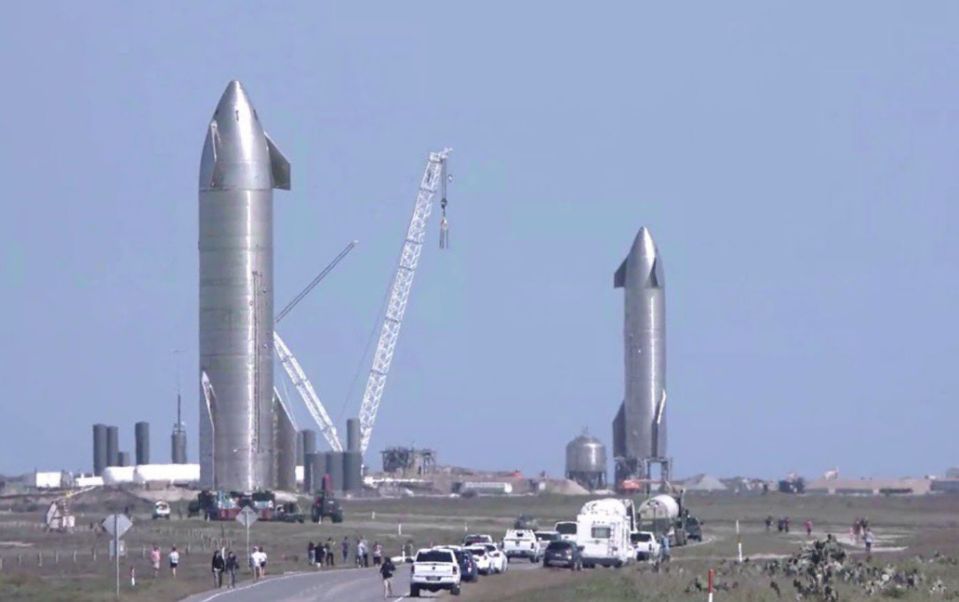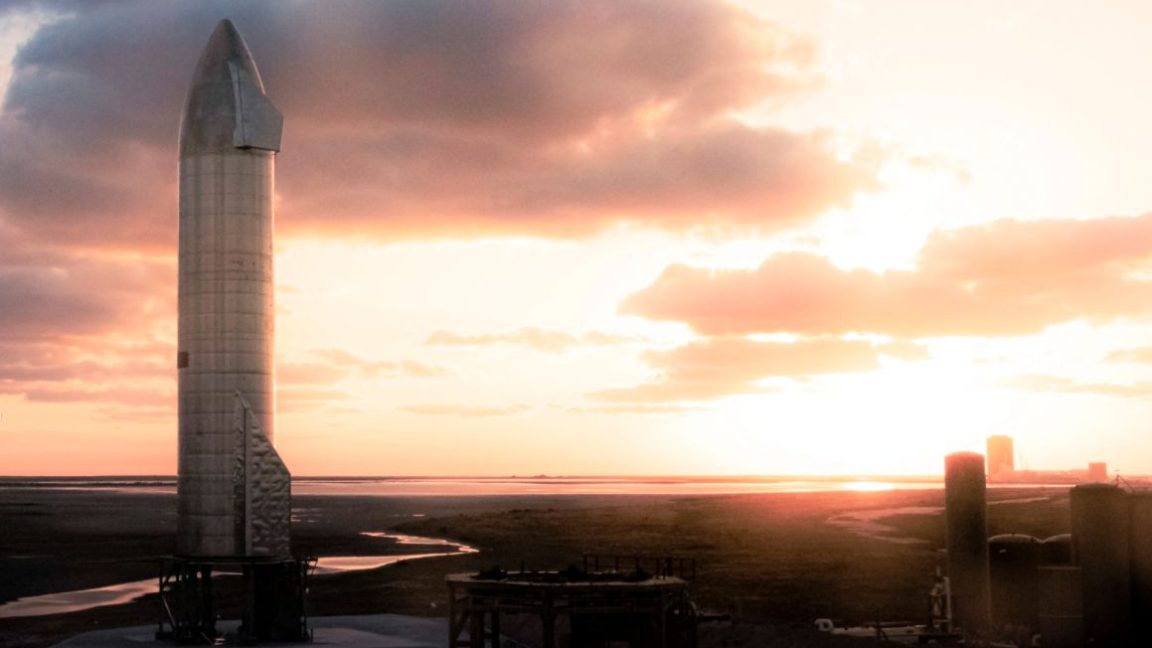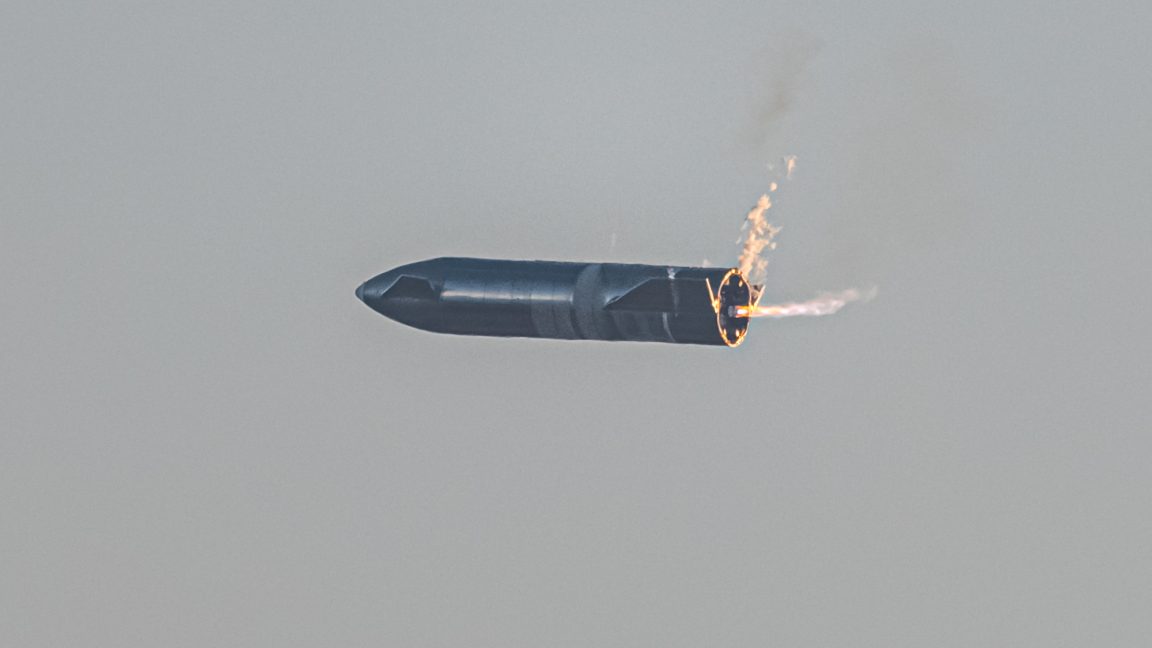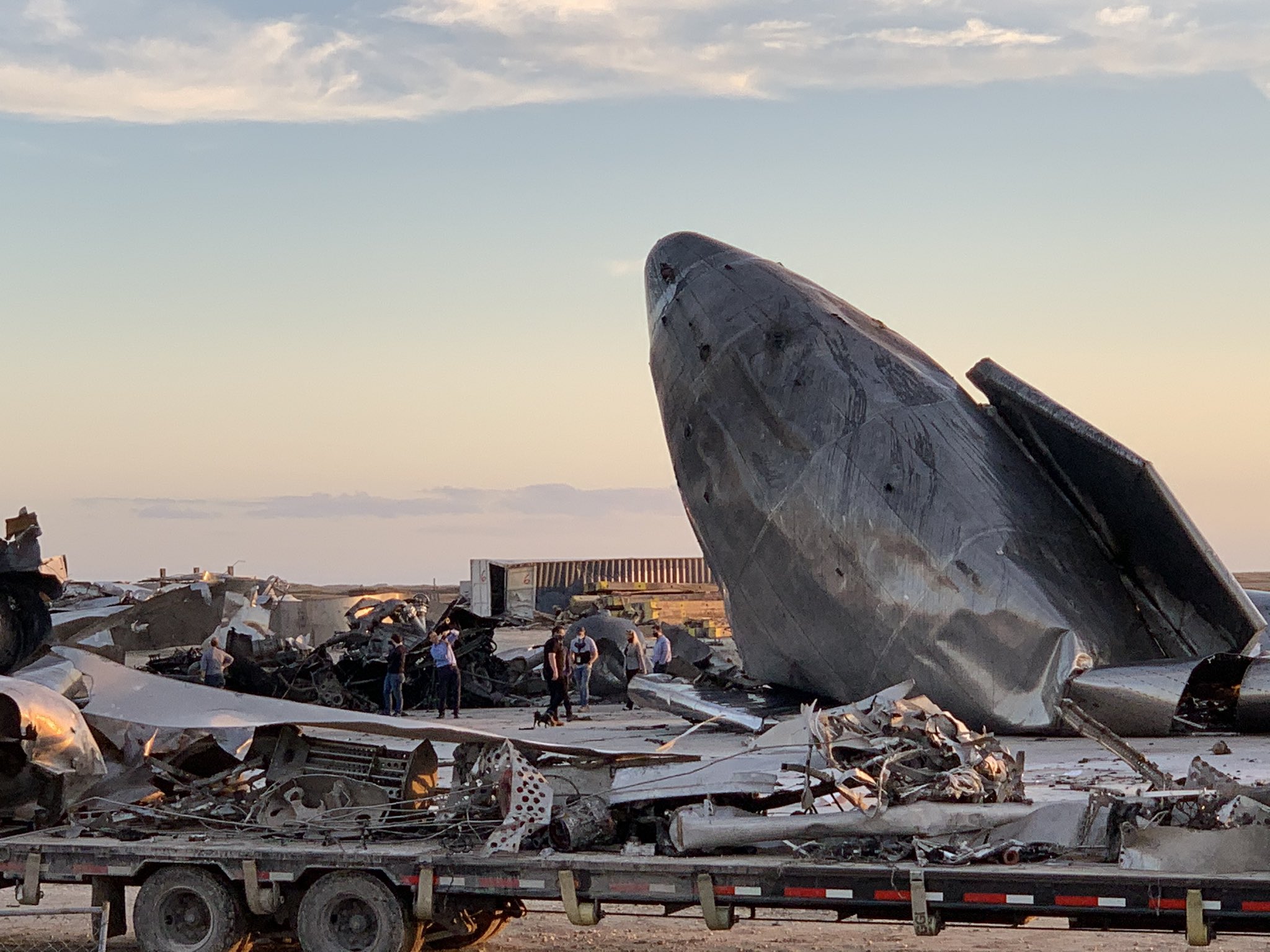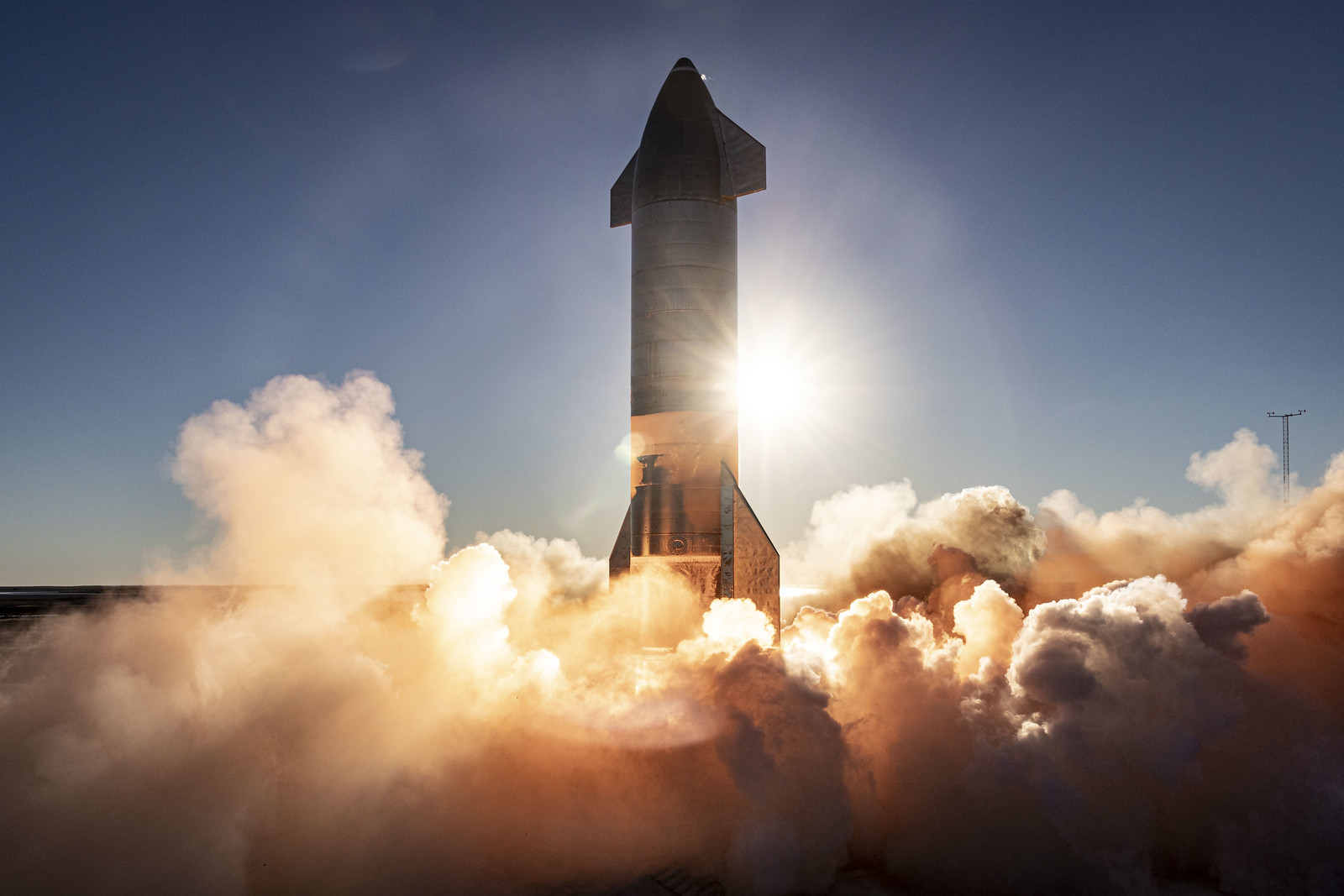SpaceX successfully launched Starship this week. Here’s some perspective on what that means for our future in space.
From the article:
“This means that, within a year or so, SpaceX will have a rocket that costs about $30 million and lifts 100 to 150 metric tons to low-Earth orbit.
Bluntly, this is absurd.”
And very very cool.
 Ars Technica
Ars Technica


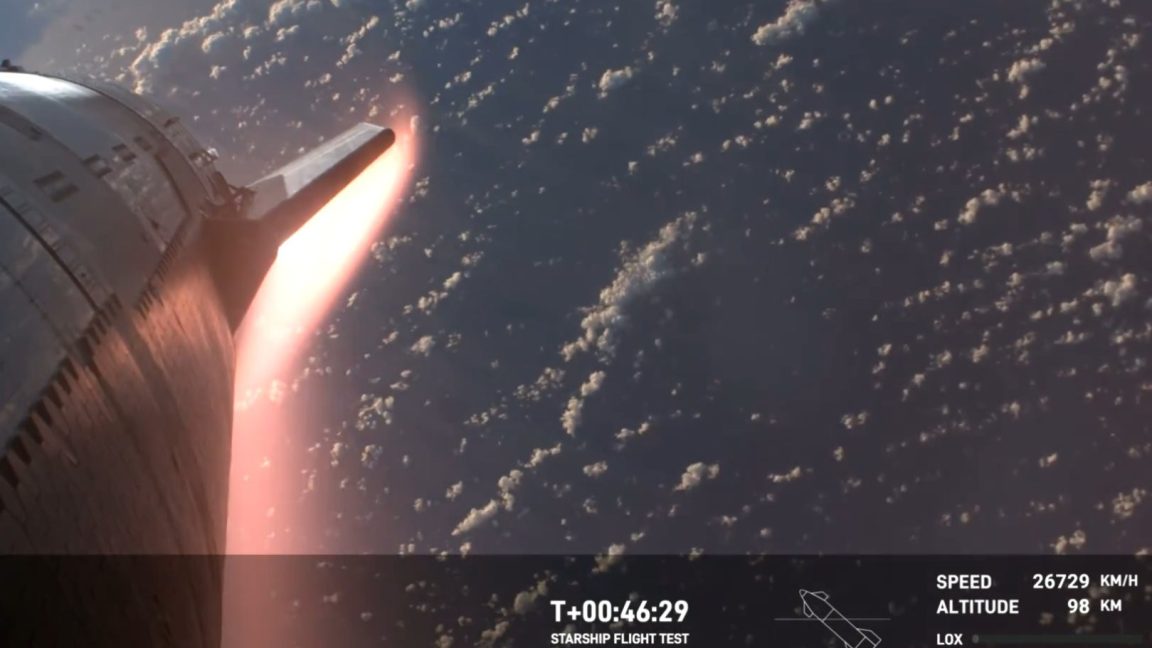


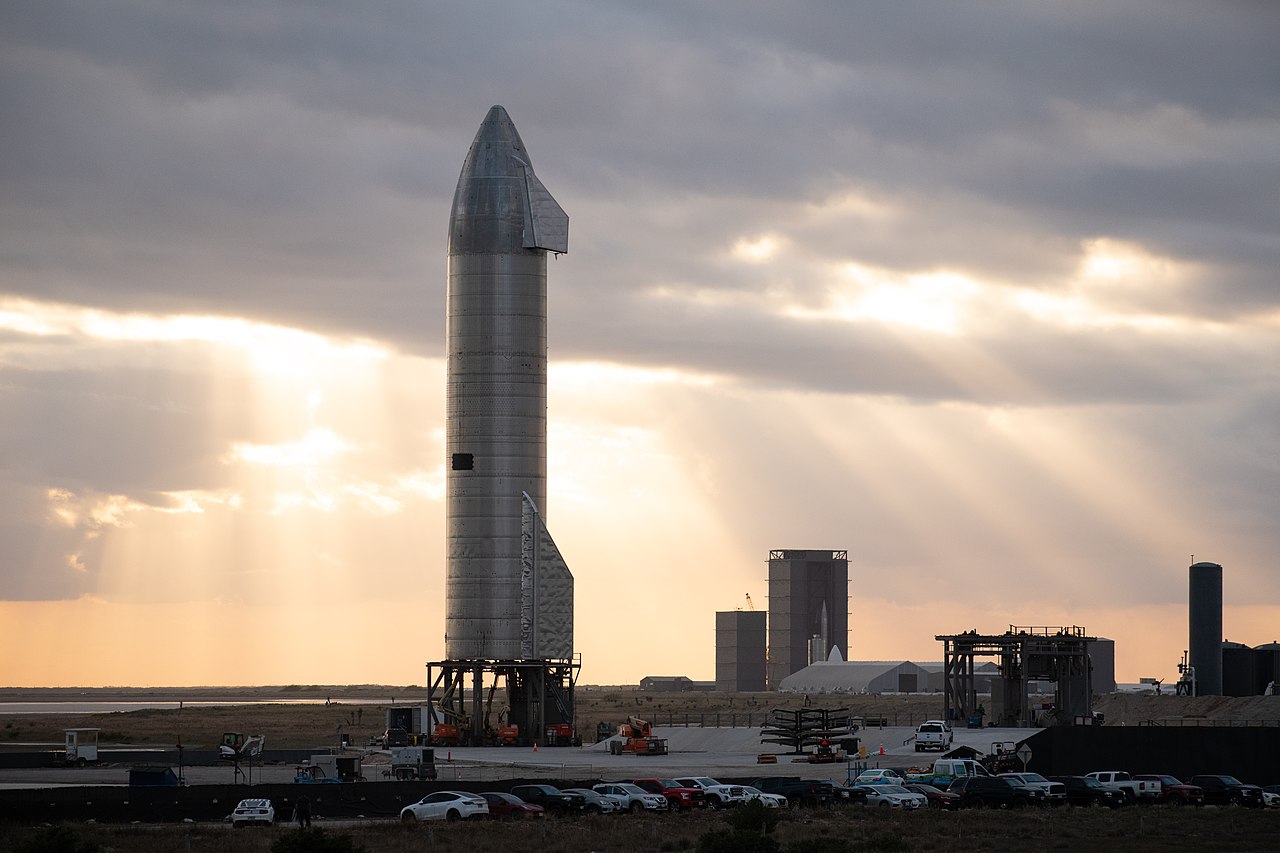
 Casey Handmer's blog
Casey Handmer's blog 

